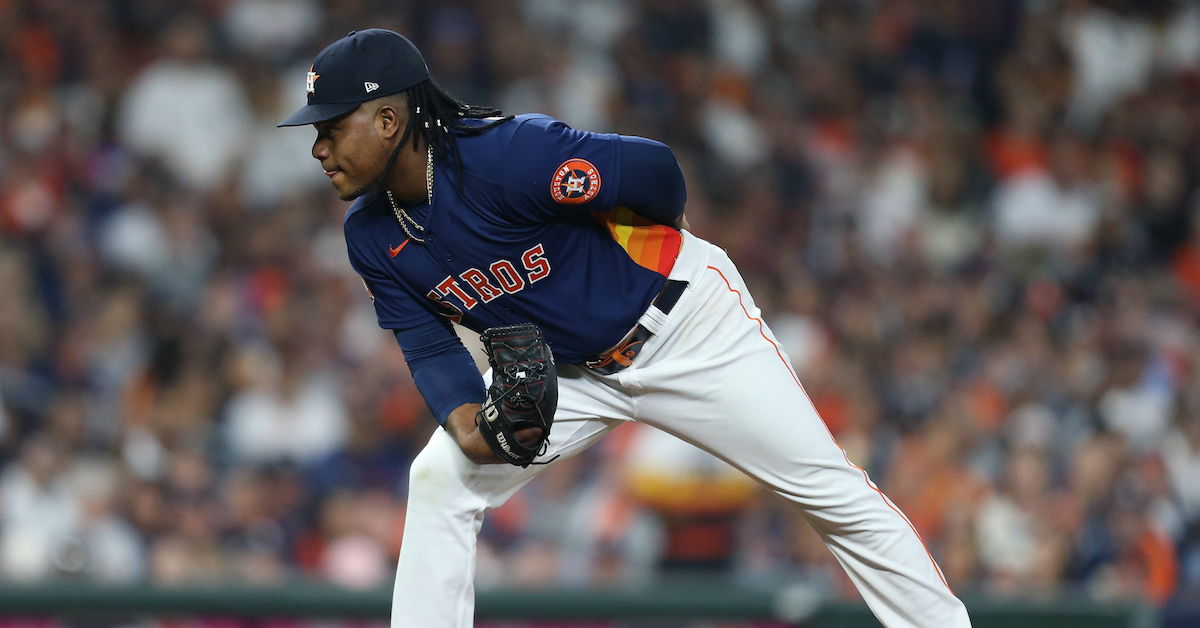Phillies, Harper Reign in the Rain, Clinch NLCS and World Series Trip

PHILADELPHIA — This was what the Phillies had in mind all along: Sweeping three home games to clinch the NLCS, the decisive game featuring a dominant Zack Wheeler performance, a Rhys Hoskins home run, and the other runs scored by the stars the Phillies brought into supplement him — Bryce Harper, Kyle Schwarber, and J.T. Realmuto. And atop it all, Harper, battling to break through against an unhittable reliever, at long last flicking a 98.9-mph slider off the outside of the plate and into the seats.
“I told [hitting coach Kevin] Long before I walked up the steps,” Harper recounted at his postgame press conference. “I said, ‘Let’s give them something to remember.'”
The ensuing at-bat was the most memorable of Harper’s already storied career, turning a 3–2 deficit into a 4–3 pennant-clinching win. An excitable but anxious crowd brought from despair to ecstasy, a dugout full of postseason novices leaping over each other and onto the field to celebrate, and the $330 million man, the one-time child prodigy now a week on the gray side of 30, cantering around the bases.
“J.T. set the tone and put pressure on them right away with a base hit. Then it’s the MVP, right? It’s the showman,” Hoskins said. “This guy finds ways in big situations every single time. I don’t even know how many times he did it this series.”
As much as Harper joined this team with precisely this kind of moment in mind, elements of this victory were not planned. Several years of false starts after the shift out of rebuild mode in the late 2010s, for example. Or a midseason managerial change. Or a sudden rainstorm that almost derailed the whole enterprise and brought the series back to San Diego. No matter. Within minutes of Harper’s home run, Calum Scott and Tiësto’s cover of “Dancing On My Own” was piping through the Citizens Bank Park loudspeakers, and lampposts were already being climbed at Broad and Locust. Read the rest of this entry »







